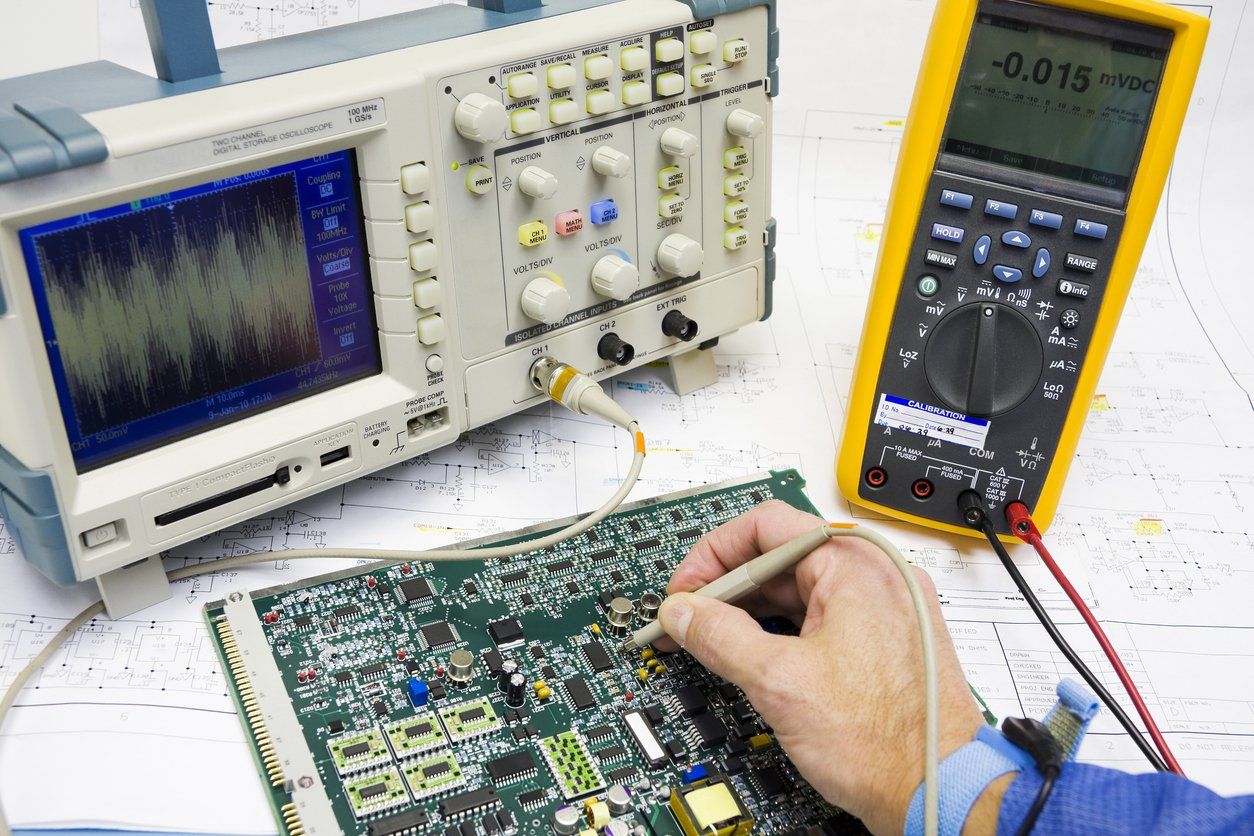How to Find a Reliable Electronic Component Supplier?
7 Steps to Find a Dependable Electronic Supplier:
Selecting the right electronic company will help you determine the difference between success and failure in your project, what options for high-quality problems can be easily solved, and how you can achieve better performance with the help of preparing needs analysis, supplier evaluation, and services examination. So, let us analyze it step by step.
Step 1 - Understand Your Project Requirements
- Identify the Components You Need: Specify the type, quantity, and technical details, such as voltage, tolerance, and certifications.
- Establish a Budget: This keeps your search focused and helps filter out unsuitable options.
- Confirm Standards and Regulations: Certifications like ISO, RoHS, or CE indicate quality and compliance with industry standards.
Step 2 - Assess the Supplier’s Reputation
- Check Reviews and Ratings: Online reviews and testimonials provide insight into past customer experiences.
- Ask for References: A reputable supplier should be willing to share references from satisfied customers.
- Investigate Their History: Longevity in the market often indicates stability and experience.
Step 3 - Examine Their Product Range
The breadth and quality of a supplier’s inventory reflect their ability to meet diverse needs. A well-stocked supplier can easily adapt to your project's evolving demands.
- Stock Availability: Ensure they have the items you need, such as SMA Connectors, readily available.
- Product Variety: A supplier with a wide selection is more likely to meet your future requirements.
- Up-to-date Inventory: Outdated stock can cause compatibility issues. Look for suppliers who regularly refresh their inventory.
Step 4 - Test Communication and Support
- Are they quick to respond to inquiries?
- Do they provide accurate, detailed answers?
- Is technical support readily available?
Suppliers who maintain clear and open lines of communication are often more reliable. They are also more likely to understand your needs and provide helpful solutions.
Step 5 - Review Shipping and Return Policies
- Look for clear shipping costs and delivery estimates
- Check for flexible options for rush orders
- Ensure their return policies cover defective or incorrect items
Transparent shipping and return policies show that the supplier is confident in the quality of their service and prepared to handle any mishaps.
Step 6 - Verify Certifications and Compliance
Certifications ensure that the products conform to a certain standard that is acceptable to every market. An online survey revealed that 60% of procurement professionals prefer certification when making their supplier selection decisions.
Certifications also prove that the business meets safety and environmental standards, which are crucial in sectors such as medicine and aviation. It is advisable never to approve certifications without physically seeing proof of the documents.
Step 7 - Start with a Trial Order
- Assess the speed and accuracy of delivery
- Examine the packaging and condition of the items
- Test the components in real-world machinery and devices
Trial orders are the safest way to avoid risks. A good supplier will meet expectations consistently, even with a small order.
Finding a reliable electronic component supplier requires carefully considering your needs and evaluating potential partners. Focusing on quality, communication, and transparency can help you forge a dependable partnership that supports your project’s success. A thoughtful selection process ensures smooth operations and peace of mind for the long term. Taking the time now will save headaches later, and your efforts will lead to successful outcomes.
